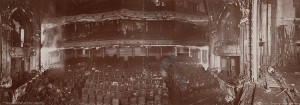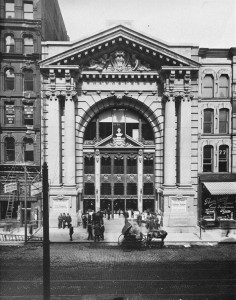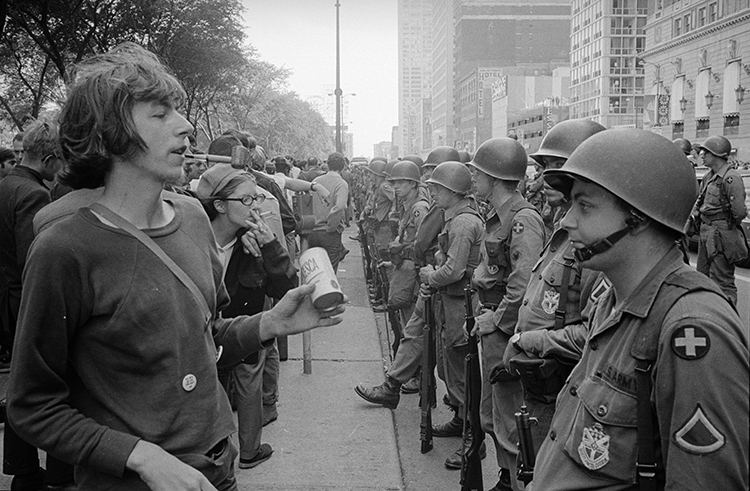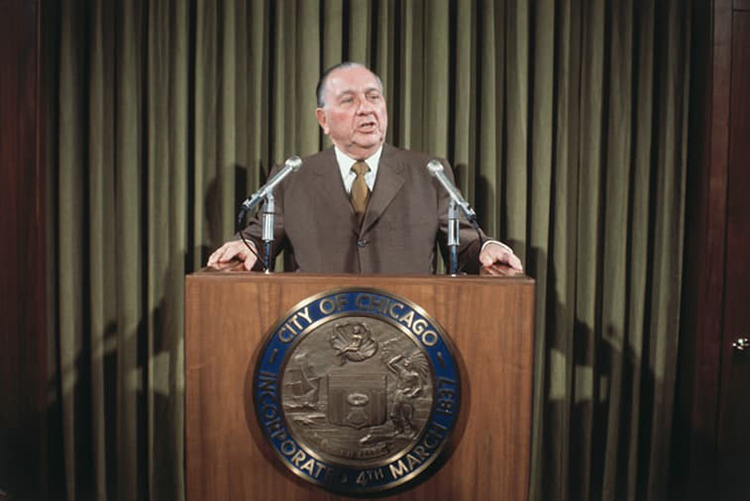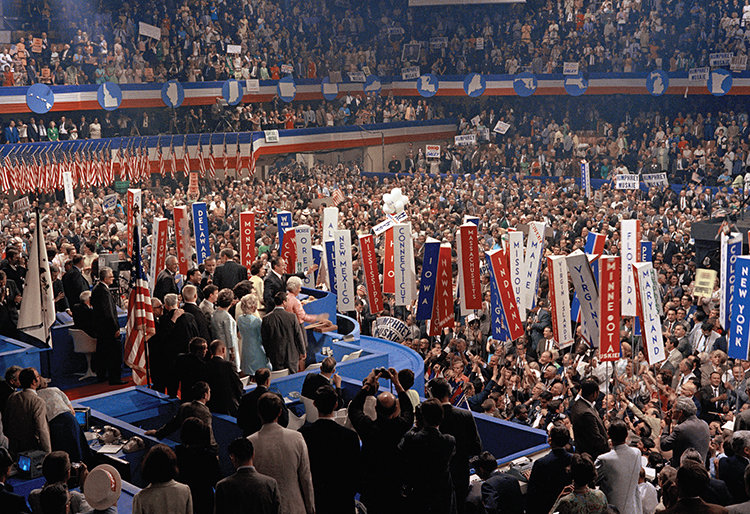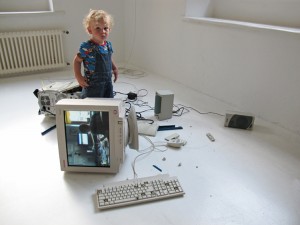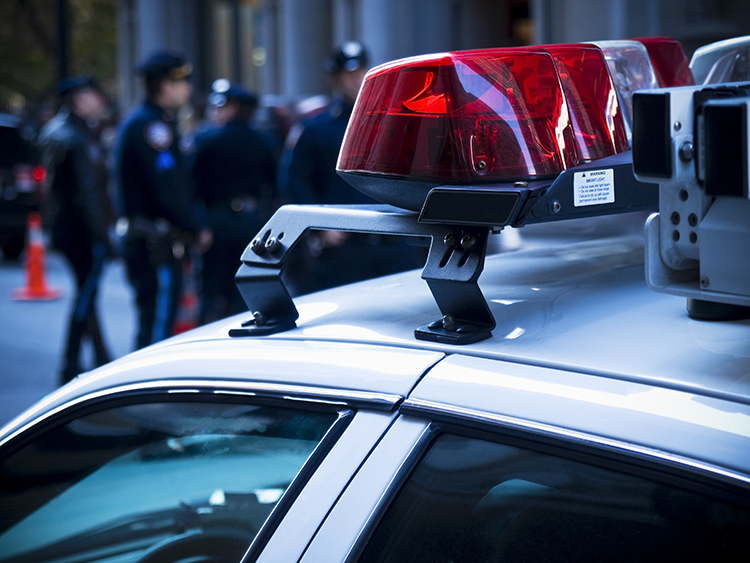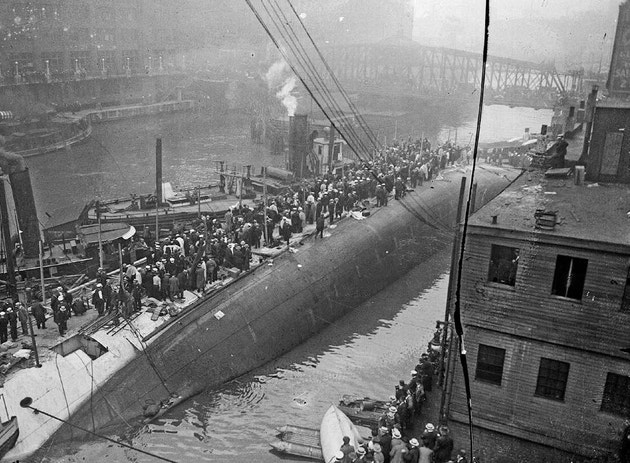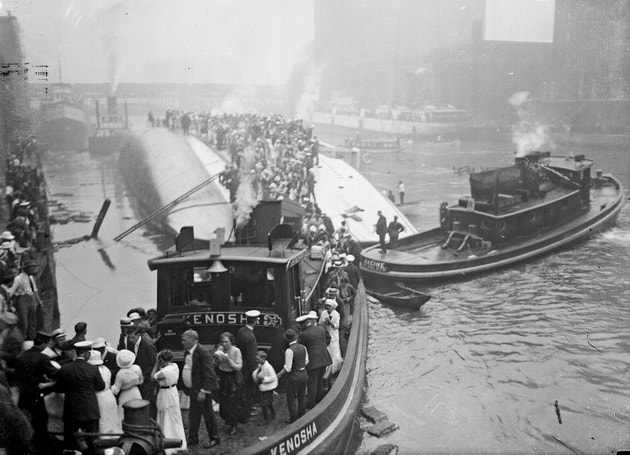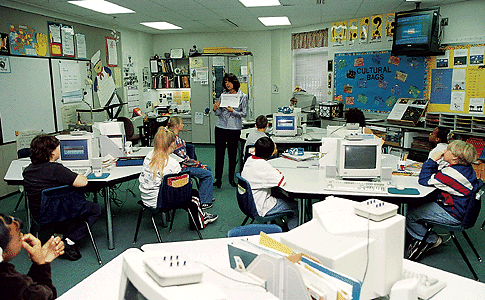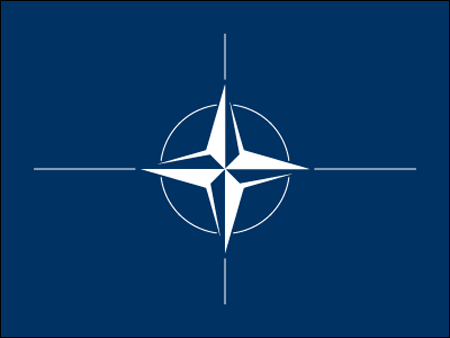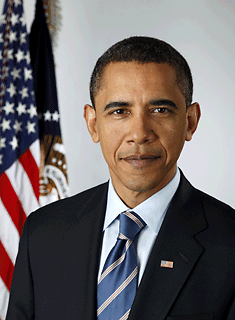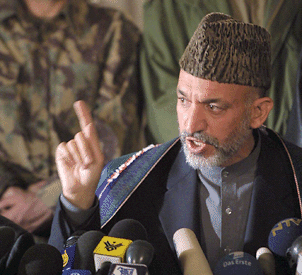Indiana Dunes National Park
Wednesday, April 3rd, 2019April 3, 2019
In February, the United States National Park Service announced its newest addition: Indiana Dunes National Park. Located along the shores of Lake Michigan in northern Indiana, the national park’s creation was the result of a conservation effort that began more than 100 years ago.
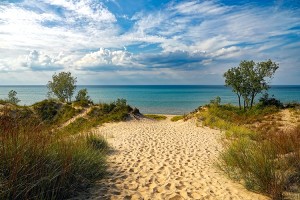
Indiana Dunes National Park includes numerous beaches along the shores of Lake Michigan. Credit: Pixabay
In the early 1900′s, the southern shores of Lake Michigan near Chicago were booming with new steel mills and electric power plants. The industrial development took its toll on the natural ecosystems of the lakeshore, however. In 1908, a group of conservationists created the Prairie Club of Chicago to help protect the area’s wildlife and natural landscapes. After the forming of the National Park Service in 1916, the Prairie Club and other groups pushed for the creation of a “Sand Dunes National Park” in nearby northern Indiana.
In 1917, plans for the national park were interrupted by the U.S. entry into World War I (1914-1918). The war effort put heavy precedence on industrial production, and conservation efforts were pushed aside. In 1926, the creation of Indiana Dunes State Park protected some areas, but conservationists continued to push for a larger national park. The Great Depression of the 1930′s and U.S. involvement in World War II (1939-1945) delayed the park’s expansion until 1966, when it became the larger Indiana Dunes National Lakeshore. The protected area was then expanded several times before earning national park status in 2019.
Indiana Dunes National Park protects some 15,000 acres (6,070 hectares) of dunes, oak savannas, swamps, bogs, marshes, prairies, rivers, and forests. It also contains 15 miles of Lake Michigan shoreline and beaches. More than 1,100 species of flowering plants and ferns live in the park, as do hundreds of species of amphibians, birds, fish, insects, mammals, and reptiles. The park is home to an important great blue heron rookery (breeding ground) and large populations of coyotes and white-tailed deer.
Indiana Dunes National Park also includes five historic homes that were relocated from the 1933 Chicago World’s Fair. At the time of the fair, the homes demonstrated innovative architectural design, experimental materials, and such new technologies as central air conditioning and dishwashers.

